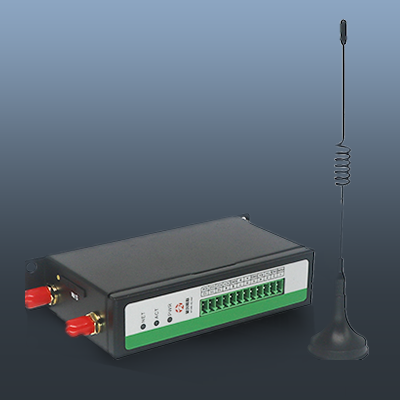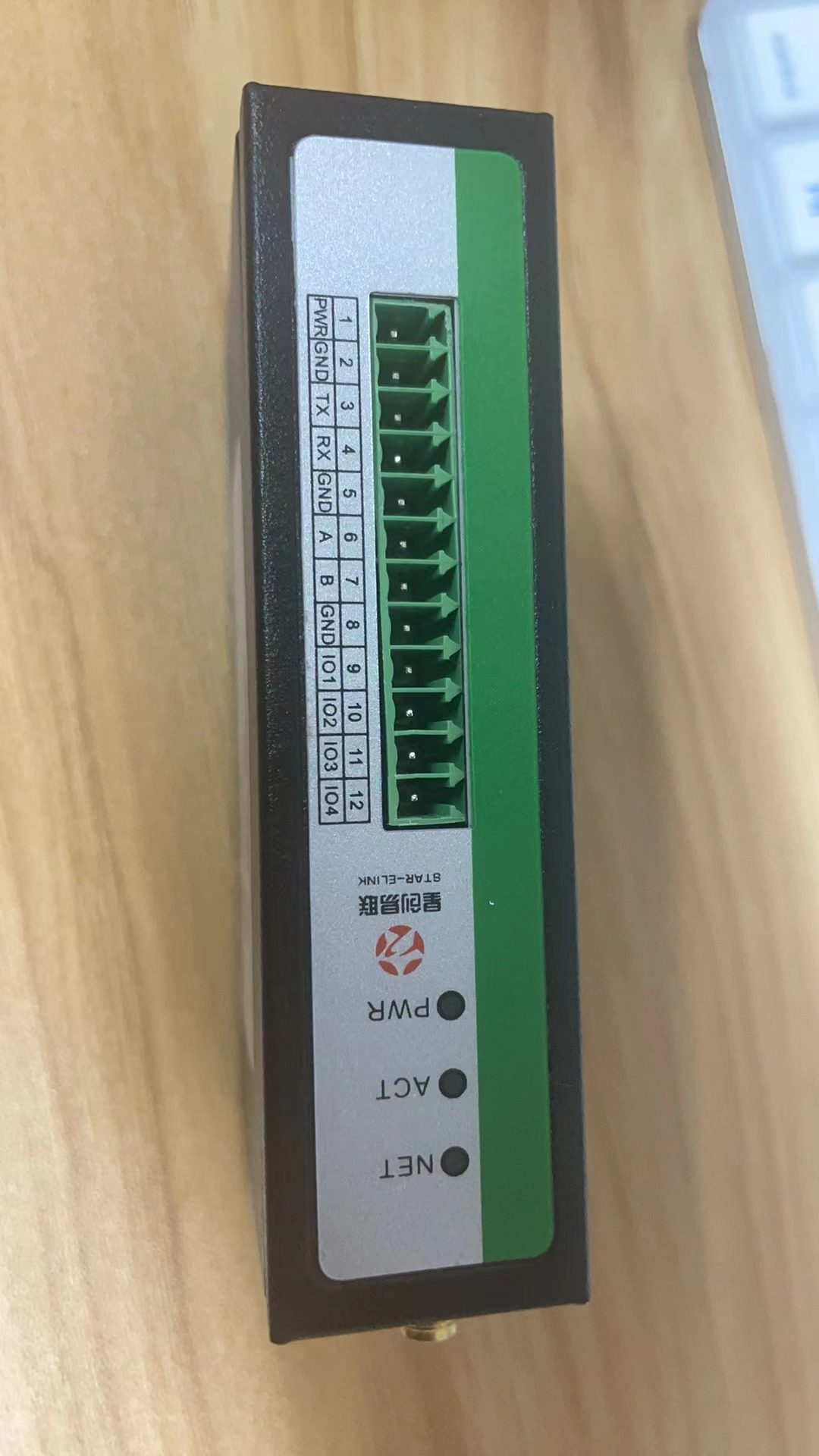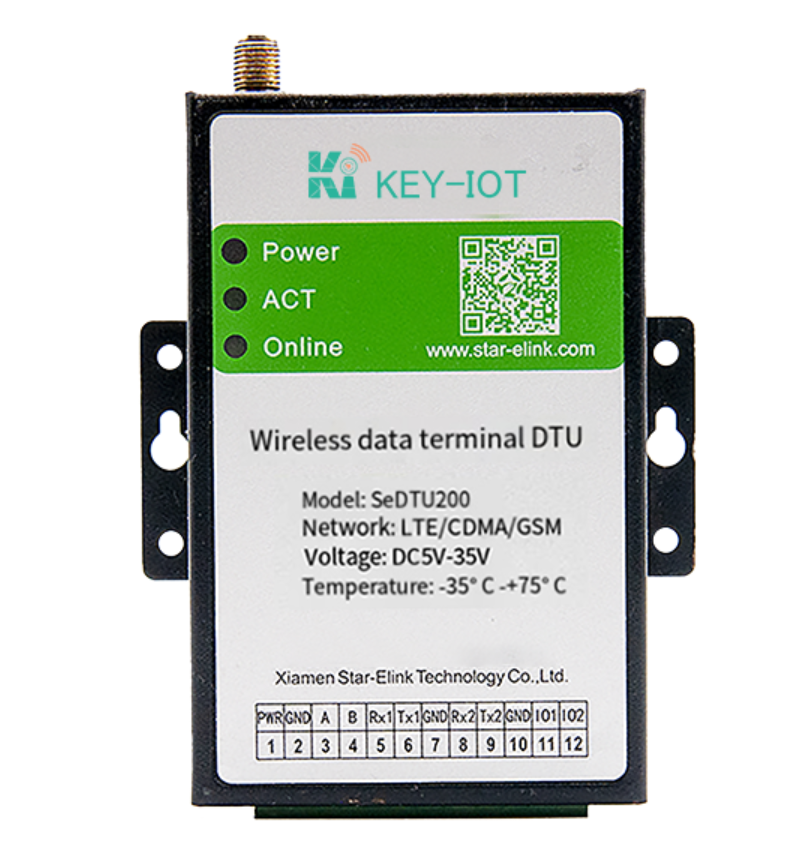Introduction
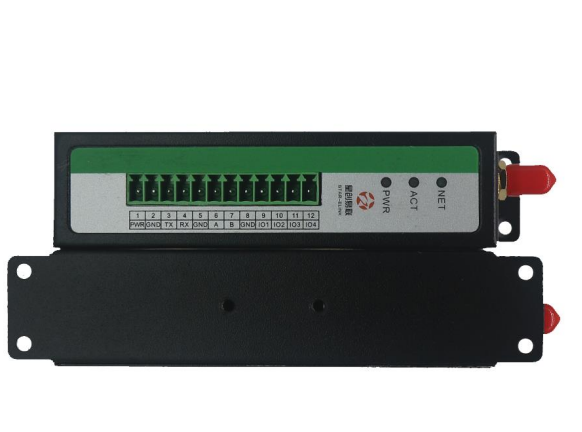
LTE Modem 4G
In the ever-evolving landscape of wireless communication, LTE Modem 4G technology has emerged as a frontrunner, enabling high-speed data transmission and seamless connectivity. However, as the Internet transitions from the long-standing IPv4 to the more advanced IPv6, it’s crucial to examine how LTE Modem 4G adapts to this shift. In this article, we’ll embark on an inquisitive journey, delving into the compatibility of LTE Modem 4G with both IPv4 and IPv6 protocols.
Understanding the IP Protocols
Before we dive into the specifics of LTE Modem 4G‘s compatibility, let’s briefly explore the two Internet protocols in question:
1. IPv4 (Internet Protocol Version 4):
– Introduced in the early 1980s
– 32-bit addressing scheme, allowing for approximately 4.3 billion unique addresses
– Widely used but facing address exhaustion due to the rapid growth of Internet-connected devices
2. IPv6 (Internet Protocol Version 6):
– Developed to address the limitations of IPv4
– 128-bit addressing scheme, providing an astronomical number of unique addresses
– Offers enhanced security features and improved network efficiency
LTE Modem 4G and IPv4 Compatibility
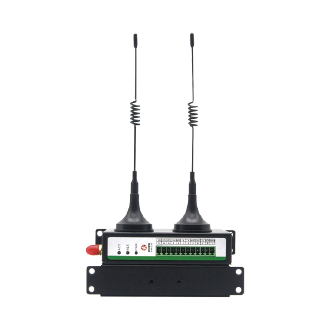
LTE Modem 4G
LTE Modem 4G technology has been designed to seamlessly integrate with the existing IPv4 infrastructure. Key points to consider:
1. Backward Compatibility:
– LTE Modem 4G devices are fully compatible with IPv4 networks
– Ensures a smooth transition and interoperability with legacy systems
2. Dual-Stack Implementation:
– Many LTE Modem 4G devices support dual-stack implementation
– Allows simultaneous communication over both IPv4 and IPv6 networks
– Enables gradual migration to IPv6 while maintaining IPv4 connectivity
Embracing the Future with IPv6
As the world moves towards the adoption of IPv6, LTE Modem 4G technology is well-prepared to embrace this transition. Let’s explore how LTE Modem 4G aligns with IPv6:
1. Native IPv6 Support:
– LTE Modem 4G devices are designed to natively support IPv6
– Ensures seamless connectivity and optimal performance on IPv6 networks
2. Enhanced Security:
– IPv6 offers built-in security features like IPsec (Internet Protocol Security)
– LTE Modem 4G leverages these security enhancements to provide robust protection for data transmission
3. Efficient Network Management:
– IPv6’s simplified header structure and improved routing capabilities enhance network efficiency
– LTE Modem 4G benefits from these advancements, enabling faster data transfer and reduced network congestion
Real-World Deployment
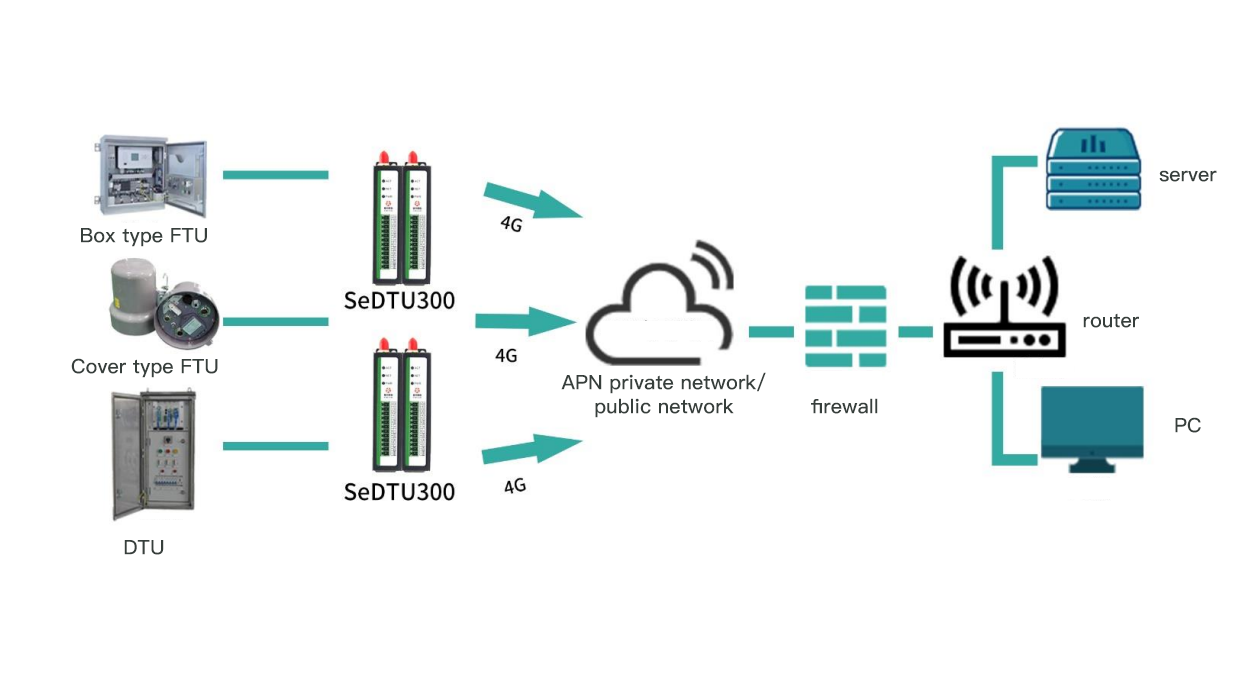
LTE Modem 4G
Several mobile network operators have already begun the transition to IPv6 in their LTE networks. Notable examples include:
1. Verizon:
– In 2009, Verizon mandated IPv6 support for devices operating on its 4G networks
– Deprecated IPv4 as an optional capability, emphasizing the importance of IPv6 readiness
2. T-Mobile:
– Implemented IPv6 in its LTE network, providing customers with IPv6 connectivity
– Ensures future-proofing and compatibility with the growing IPv6 ecosystem
Conclusion
As we conclude our inquisitive journey into LTE Modem 4G’s compatibility with IPv4 and IPv6, it’s evident that this technology is well-equipped to navigate the transition. With its native support for IPv6 and backward compatibility with IPv4, LTE Modem 4G offers a seamless bridge between the two protocols. As the world continues to embrace IPv6, LTE Modem 4G stands ready to deliver high-speed, secure, and efficient wireless communication. So, whether you’re an early adopter of IPv6 or still relying on IPv4, LTE Modem 4G has got you covered, ensuring a smooth and connected experience in the ever-evolving landscape of wireless technology.
 KEY-IOT
KEY-IOT


